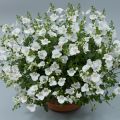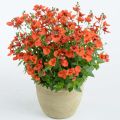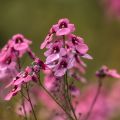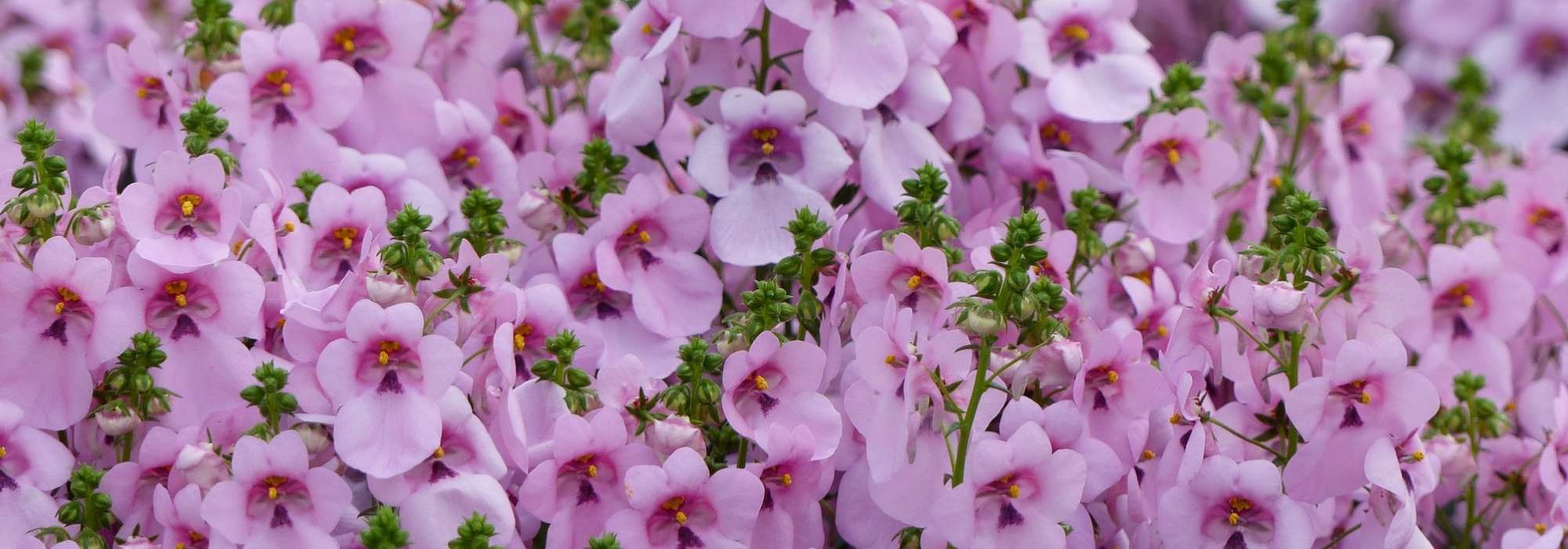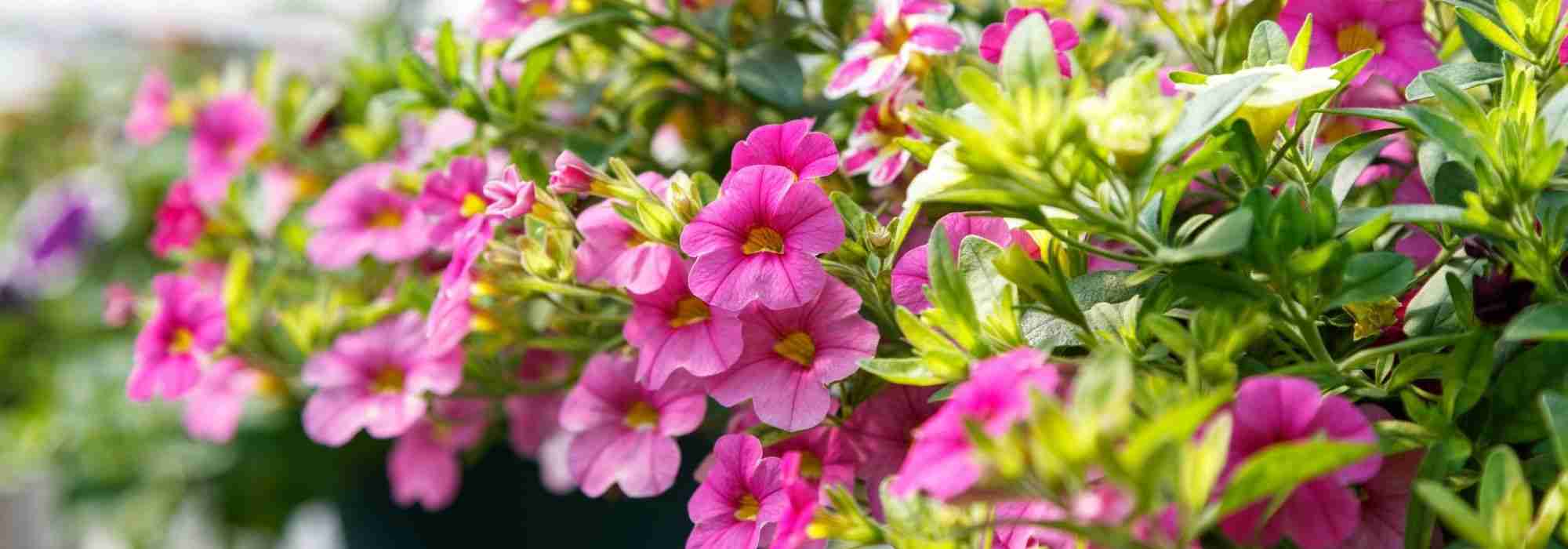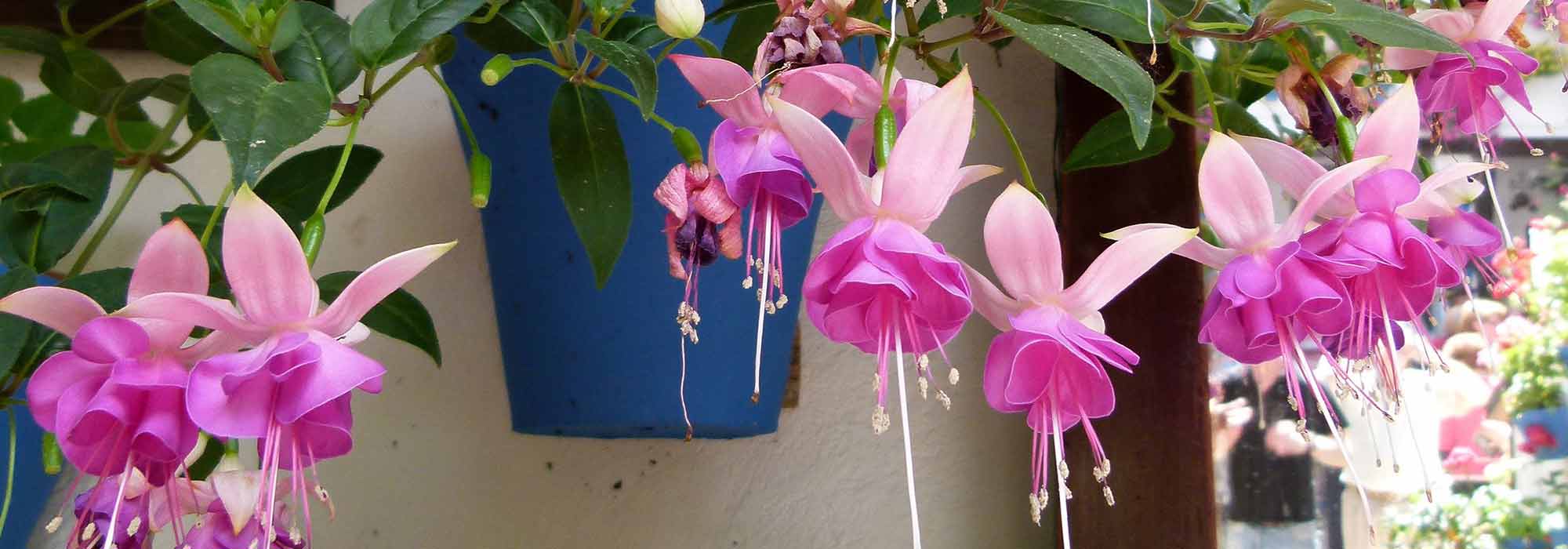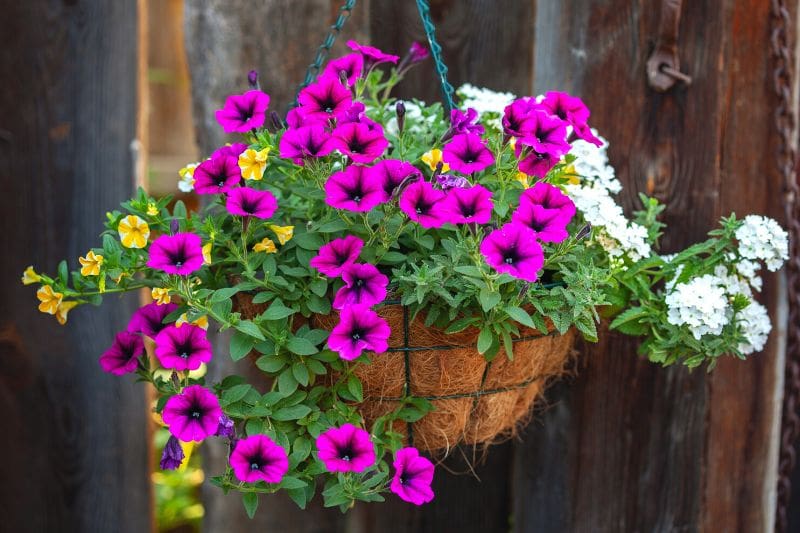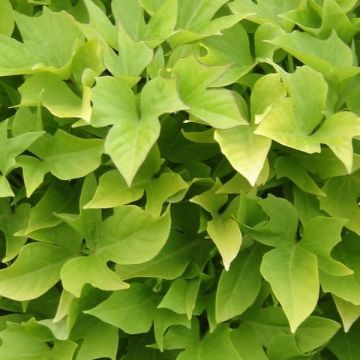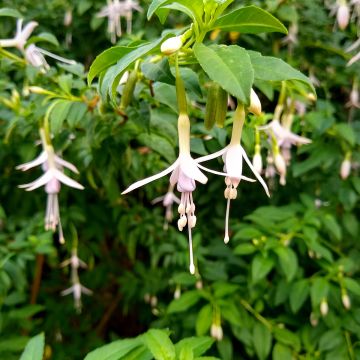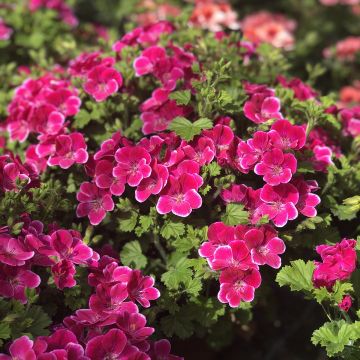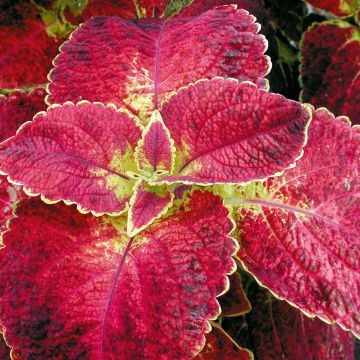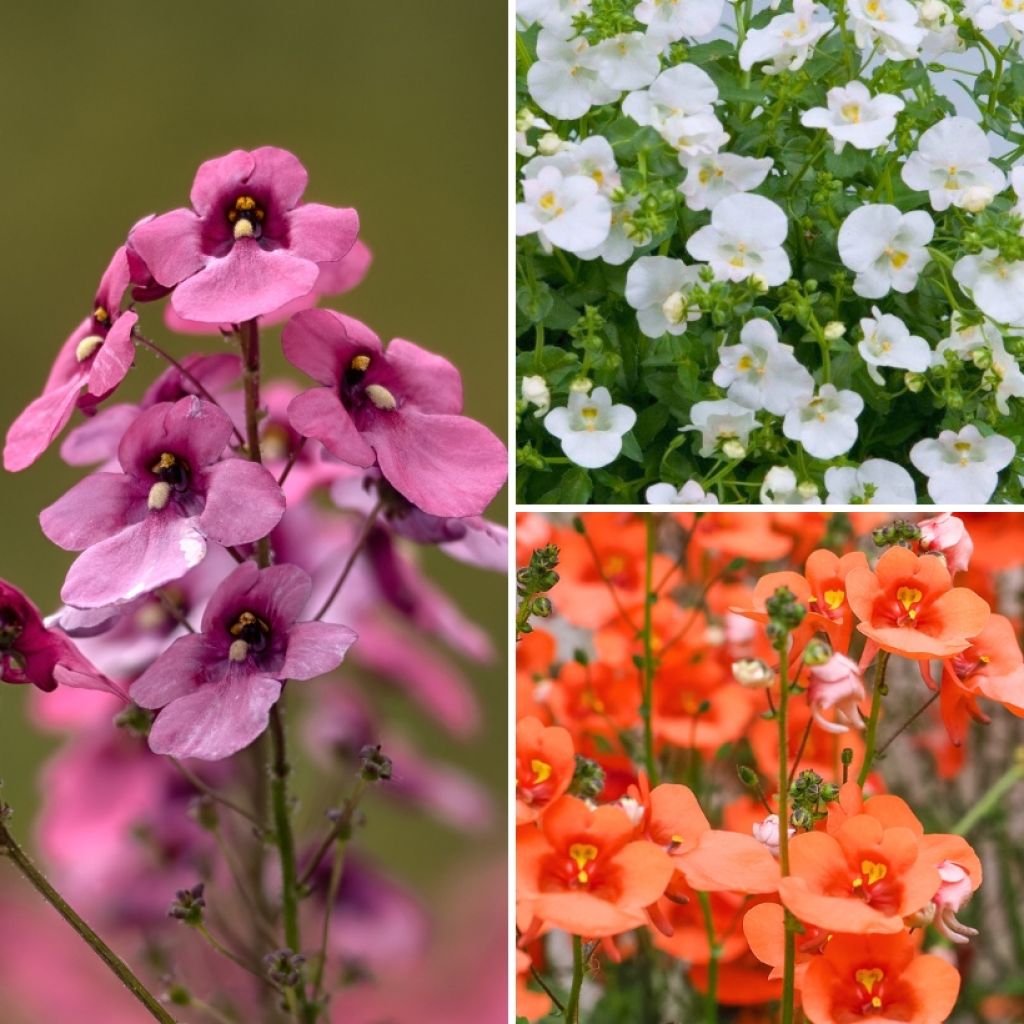

Diascia Collection - Twinspur
Diascia Collection - Twinspur
Diascia x barberae Breeze Plus White, Breeze Plus Orange, Breeze Plus Pink
Twin-spur, Barber's Diascia
I received 3 mini plugs out of the 5 that make up the collection, of which 2 are completely wilted.
Jm, 10/04/2024
Special offer!
Receive a €20 voucher for any order over €90 (excluding delivery costs, credit notes, and plastic-free options)!
1- Add your favorite plants to your cart.
2- Once you have reached €90, confirm your order (you can even choose the delivery date!).
3- As soon as your order is shipped, you will receive an email containing your voucher code, valid for 3 months (90 days).
Your voucher is unique and can only be used once, for any order with a minimum value of €20, excluding delivery costs.
Can be combined with other current offers, non-divisible and non-refundable.
Home or relay delivery (depending on size and destination)
Schedule delivery date,
and select date in basket
This plant carries a 6 months recovery warranty
More information
We guarantee the quality of our plants for a full growing cycle, and will replace at our expense any plant that fails to recover under normal climatic and planting conditions.
Does this plant fit my garden?
Set up your Plantfit profile →
Collection items (5 plants)
Description
This 'Diascias Collection' brings together three excellent varieties from the Breeze Plus® series, prized for their early and prolonged flowering, vigour, and diverse colour palette. It includes the Diascia x barberae 'Breeze Plus White', with white flowers, the Diascia 'Breeze Plus Orange', remarkable in a vibrant orange, and the Diascia 'Breeze Plus Pink', in a fresh pink. These compact and semi-trailing plants bloom from spring until the first frost. They thrive in rich, well-drained soils with a gently sunny exposure. Their versatility allows for numerous uses, whether in hanging baskets, containers, rockeries, or border plantings.
This collection is sold in a set of 5 plug plants, which includes:
x 1 Diascia 'Breeze Plus White' with white flowers
x 2 Diascia 'Breeze Plus Orange' with beautiful bright orange flowers
x 2 Diascia 'Breeze Plus Pink' with medium pink flowers, both fresh and soft.
Diascia Breeze Plus® are perennial plants most often grown as annuals: they are sensitive to heavy frosts (-8°C), grow very quickly, and offer a long flowering period throughout the summer. Their slightly trailing habit is very effective in hanging baskets and containers.
They should be planted in spring, in a rich, well-drained soil, in a sunny but not scorching location, in soil that does not dry out too much to maximize their flowering. Combine the 3 varieties of this collection by playing with their colours. In a border or above a wall, place the most colourful variety, 'Breeze Plus Orange', at the front, for example with blue annual lobelias to temper its colour. The other two varieties, pink and white, more subtle, will be placed in the background. Allow for 8 plants per square metre, with an optimal spacing of about 25cm between each plant.
Diascias 'Breeze Plus' require little maintenance. Water regularly, especially during dry periods, and apply a flowering plant fertilizer every two weeks during the growing season to stimulate abundant flowering. These plants are not very susceptible to diseases and most pests, making them suitable for gardeners of all levels.
Flowering
Foliage
Plant habit
Botanical data
Diascia
x barberae
Breeze Plus White, Breeze Plus Orange, Breeze Plus Pink
Scrophulariaceae
Twin-spur, Barber's Diascia
Cultivar or hybrid
Planting and care
Plant Diascia 'Breeze Plus' in a fertile soil to support flowering, moist to occasionally dry, humus-bearing, perfectly drained in winter to make it more resistant to cold. This plant dreads stagnant moisture. The further south you go, the more the plant fears the scorching afternoon sun and dry soils. It is helpful to pinch the young plant shoots to accentuate the bushy habit. Cut back faded stems after flowering. Diascia is hardy up to about -8°C, in a perfectly drained soil. In winter, outside mild climate regions, it is preferable to shelter this tender plant in a cold greenhouse or an unheated conservatory.
Planting period
Intended location
Care
Planting & care advice
-
, onOrder confirmed
Reply from on Promesse de fleurs
Similar products
Haven't found what you were looking for?
Hardiness is the lowest winter temperature a plant can endure without suffering serious damage or even dying. However, hardiness is affected by location (a sheltered area, such as a patio), protection (winter cover) and soil type (hardiness is improved by well-drained soil).

Photo Sharing Terms & Conditions
In order to encourage gardeners to interact and share their experiences, Promesse de fleurs offers various media enabling content to be uploaded onto its Site - in particular via the ‘Photo sharing’ module.
The User agrees to refrain from:
- Posting any content that is illegal, prejudicial, insulting, racist, inciteful to hatred, revisionist, contrary to public decency, that infringes on privacy or on the privacy rights of third parties, in particular the publicity rights of persons and goods, intellectual property rights, or the right to privacy.
- Submitting content on behalf of a third party;
- Impersonate the identity of a third party and/or publish any personal information about a third party;
In general, the User undertakes to refrain from any unethical behaviour.
All Content (in particular text, comments, files, images, photos, videos, creative works, etc.), which may be subject to property or intellectual property rights, image or other private rights, shall remain the property of the User, subject to the limited rights granted by the terms of the licence granted by Promesse de fleurs as stated below. Users are at liberty to publish or not to publish such Content on the Site, notably via the ‘Photo Sharing’ facility, and accept that this Content shall be made public and freely accessible, notably on the Internet.
Users further acknowledge, undertake to have ,and guarantee that they hold all necessary rights and permissions to publish such material on the Site, in particular with regard to the legislation in force pertaining to any privacy, property, intellectual property, image, or contractual rights, or rights of any other nature. By publishing such Content on the Site, Users acknowledge accepting full liability as publishers of the Content within the meaning of the law, and grant Promesse de fleurs, free of charge, an inclusive, worldwide licence for the said Content for the entire duration of its publication, including all reproduction, representation, up/downloading, displaying, performing, transmission, and storage rights.
Users also grant permission for their name to be linked to the Content and accept that this link may not always be made available.
By engaging in posting material, Users consent to their Content becoming automatically accessible on the Internet, in particular on other sites and/or blogs and/or web pages of the Promesse de fleurs site, including in particular social pages and the Promesse de fleurs catalogue.
Users may secure the removal of entrusted content free of charge by issuing a simple request via our contact form.
The flowering period indicated on our website applies to countries and regions located in USDA zone 8 (France, the United Kingdom, Ireland, the Netherlands, etc.)
It will vary according to where you live:
- In zones 9 to 10 (Italy, Spain, Greece, etc.), flowering will occur about 2 to 4 weeks earlier.
- In zones 6 to 7 (Germany, Poland, Slovenia, and lower mountainous regions), flowering will be delayed by 2 to 3 weeks.
- In zone 5 (Central Europe, Scandinavia), blooming will be delayed by 3 to 5 weeks.
In temperate climates, pruning of spring-flowering shrubs (forsythia, spireas, etc.) should be done just after flowering.
Pruning of summer-flowering shrubs (Indian Lilac, Perovskia, etc.) can be done in winter or spring.
In cold regions as well as with frost-sensitive plants, avoid pruning too early when severe frosts may still occur.
The planting period indicated on our website applies to countries and regions located in USDA zone 8 (France, United Kingdom, Ireland, Netherlands).
It will vary according to where you live:
- In Mediterranean zones (Marseille, Madrid, Milan, etc.), autumn and winter are the best planting periods.
- In continental zones (Strasbourg, Munich, Vienna, etc.), delay planting by 2 to 3 weeks in spring and bring it forward by 2 to 4 weeks in autumn.
- In mountainous regions (the Alps, Pyrenees, Carpathians, etc.), it is best to plant in late spring (May-June) or late summer (August-September).
The harvesting period indicated on our website applies to countries and regions in USDA zone 8 (France, England, Ireland, the Netherlands).
In colder areas (Scandinavia, Poland, Austria...) fruit and vegetable harvests are likely to be delayed by 3-4 weeks.
In warmer areas (Italy, Spain, Greece, etc.), harvesting will probably take place earlier, depending on weather conditions.
The sowing periods indicated on our website apply to countries and regions within USDA Zone 8 (France, UK, Ireland, Netherlands).
In colder areas (Scandinavia, Poland, Austria...), delay any outdoor sowing by 3-4 weeks, or sow under glass.
In warmer climes (Italy, Spain, Greece, etc.), bring outdoor sowing forward by a few weeks.






























